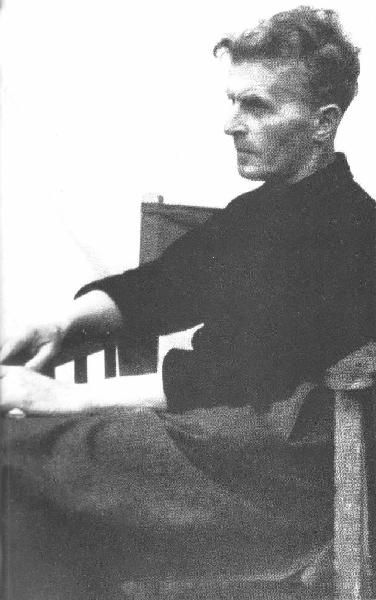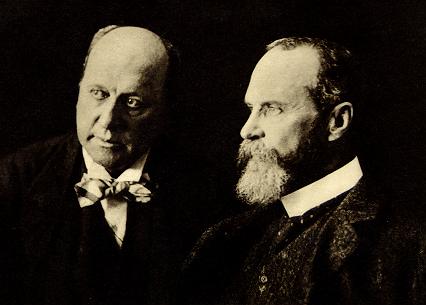"Like tulips, wealth can wither and bloom again
Whether it is 17th-century flowerbulbs or 21st-century property, there is nothing new about irrational speculation ( TRUE )
The roots of our economic uncertainty are entwined with those of the tulip, a Turkish wildflower that begins life as an ugly brown bulb and grows into a plant of voluptuous beauty and vivid colours, a source of fascination, speculation and disappointment. To understand where we are now, we must go back to 17th-century Holland and the peculiar story of tulipmania, the expansion and explosion of a flower bubble, an enduring, myth-coloured saga of bloom and bust.
This tale of horticulture and money is more than three centuries old; but replace “tulip” with “art market”, “housing bubble”, “Icelandic savings account”, “mortgage-backed securities”, “credit derivative” or “overleveraged hedge fund” and what's past is prologue.
The story of tulipmania has been explored by Simon Schama, J.K. Galbraith, Deborah Moggach, Anna Pavord and any number of modern economists, but it was first seized on as an example of speculative financial frenzy by a 19th-century Scottish journalist, Charles Mackay, in his book Extraordinary Popular Delusions and the Madness of Crowds.( I READ THIS BOOK ABOUT THIRTY YEARS AGO. )
The first tulip was imported from the Ottoman Empire in 1593 and immediately flourished in the Netherlands, becoming an emblem of the Golden Age, a luxury and a status symbol. Fashion and social competition fuelled the tulip boom: where today a billionaire might flaunt his car, his art, a trophy wife or a football club, among Dutch burghers the bling was botanical.
The tulip proved extraordinarily adaptable. A degenerative virus, unique to tulips, shot veins through the bloom, producing extraordinarily beautiful (but unpredictable) colour combinations: these “broken tulips” - flower derivatives, if you will - commanded extraordinary prices. With inescapable symbolism, the disease created value.
The Dutch did not tiptoe through the tulips: they stampeded after them. Traders met in taverns to buy and sell contracts to purchase tulips as yet ungrown: in effect, flower futures. The traders and producers gave their products ever more pompous and inflated names. Short- selling on tulips was banned, but people bought tulips at higher and higher prices, convinced that they could always sell at a profit later.
Bubonic plague may have contributed to the culture of risk-taking, encouraging speculators to take wild gambles in the knowledge that disaster and oblivion might loom, in the same way that some analysts trace the recent borrowing and speculating binge to the uncertainties of our own age.
Mackay vividly described the insanity: “Many individuals grew suddenly rich. A golden bait hung temptingly out before the people, and, one after the other, they rushed to the tulip marts, like flies around a honeypot. Every one imagined that the passion for tulips would last for ever.” A few acute observers nicknamed this phantom money windhandel (literally “wind trade”), so much hot air. But then, as now, the windhandel was blowing so hard that few could hear the warnings.
Tulipmania reached its peak in the winter of 1636. The stories, many apocryphal, circulated as fast as the paper wealth: of the seaman who accidentally ate a prize tulip, thinking it an onion, and was immediately imprisoned (with an expensive stomach ache); of the single bulb sold for 6,700 guilders, the average man's wage for 45 years, and the cost of a substantial house. These were the 17th-century Dutch equivalents of Damien Hirst's bejewelled skull, the Chelsea broom cupboard sold for £170,000, the millionaires munching gold-leaf-wrapped sushi.
In February 1637 bulbs were selling for 20 times the value of four months earlier. Then, suddenly, they were worth virtually nothing. Bulb contract prices collapsed; no more buyers could be found for the artificially inflated prices, and the system of leveraging, attaching huge prices to future bulbs without laying out cash, wilted dramatically.
Irrational exuberance turned to panic and despair; ruined bulb traders were said to have been found floating in the canals of Amsterdam.
“Confidence was destroyed, and a universal panic seized upon the dealers,” wrote Mackay. “Defaulters were announced day after day in all the towns of Holland. Hundreds who, a few months previously, had begun to doubt that there was such a thing as poverty in the land, suddenly found themselves the possessors of a few bulbs, which nobody would buy.”
Later economists challenge Mackay's sensationalist account( IT REALLY IS ) of crowd psychology( BS ), arguing that the tulip crash was less spectacular than claimed, and the fallout less devastating for the Dutch economy( AS OURS WILL BE. ). Many of his “facts” were lifted from anti-speculative, religiously driven propaganda. With a frugal Scottish eye( TODAY HE WOULD BE A KEYNESIAN OR FOLLOWER OF VON MISES, BOTH CLAIMING SOME KIND OF VALIDATION FROM OUR CALAMITY, WITH ALMOST AS MUCH SENSATIONALISM AS MACKAY. ) he looked on the supposed frenzy and was scandalised: “Sober nations have all at once become desperate gamblers, and risked almost their existence upon the turn of a piece of paper.” ( THERE IS SOME TRUTH IN THIS, BUT THE REASONS AND PRESUPPOSITIONS BEHIND THIS GAMBLING AND RISK NEED TO BE EXPLAINED. AND NO AMOUNT OF STUPIDITY JUSTIFIES SOMEONE COMMITTING A CRIME AT YOUR EXPENSE. IN FACT, THE LAWS ARE INTENDED TO PROTECT THE VULNERABLE AND GULLIBLE FROM PREDATORS. )
Tulip mania was a metaphor for the uncertainties of the Dutch Golden Age, and for every golden age since, just as the displays of conspicuous consumption in Dutch still-life painting reflected anxieties about wealth and material objects( TODAY AS WELL ). That a mere flower could be worth so much, even before it had flowered, and then so little, raised doubts about what value might really mean.
That same moralising tone can be found in contemporary reactions to the sudden economic slide, in which crashing house prices are seen as retribution for extravagance, greed and gambling( TRUE ). As we don hair shirts, it is worth recalling that economies, like tulips, have a distinct life cycle.
The rise and fall of the exotic tulip left the Dutch economy in trauma, but it recovered a more rational( PRUDENT ) sense of financial worth. The Dutch tulip industry survived, thrived and has endured. The tulips bulbs for this year's crop have already been planted in the welcoming, sandy soil of the Netherlands, and next spring they will bloom again( SO WILL WE. )."







































No comments:
Post a Comment